Available 24/7
Available 24/7
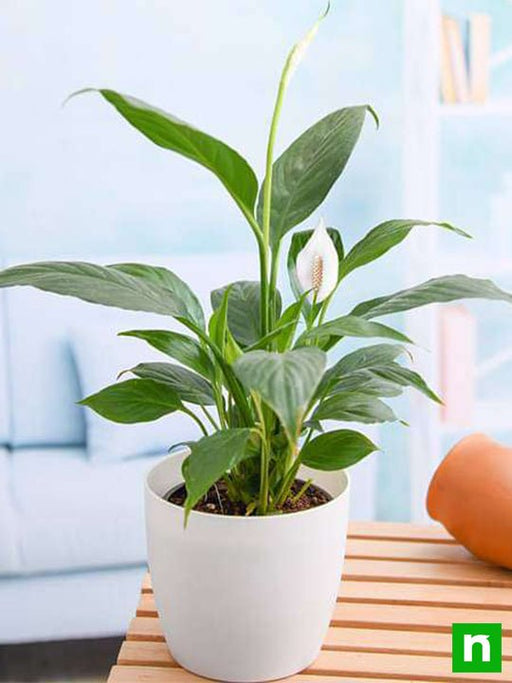
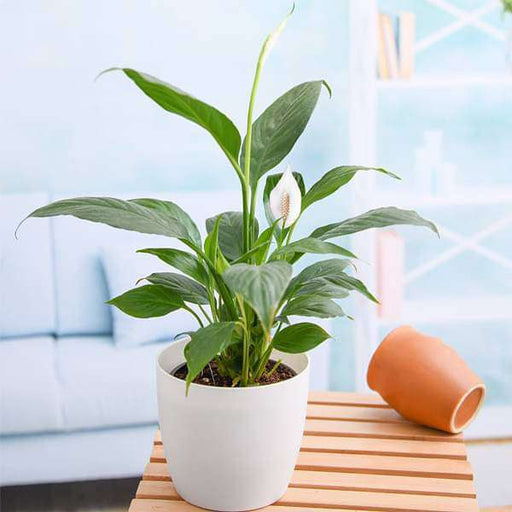 Save up to 15%
Save up to 15%
DescriptionPeace Lily Plant is a very popular and very rare indoor flowering houseplant. It is also an excellent air purifier plant.What makes it s...
View full details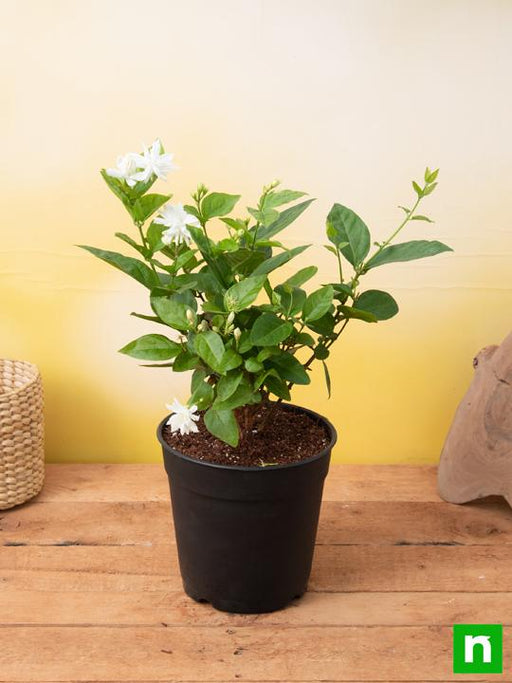
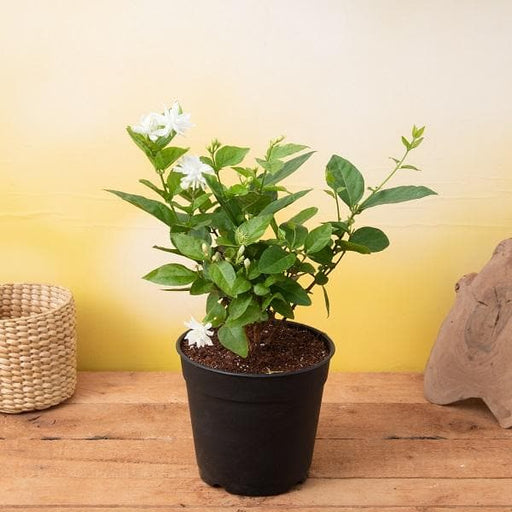 Save 20%
Save 20%
DescriptionFlowers make intimate connections they increase our connectivity with family and friends. Mogra plant is famously known as Jasmine flowe...
View full details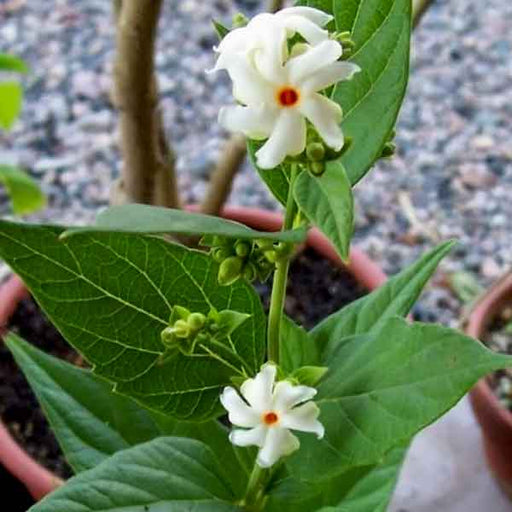
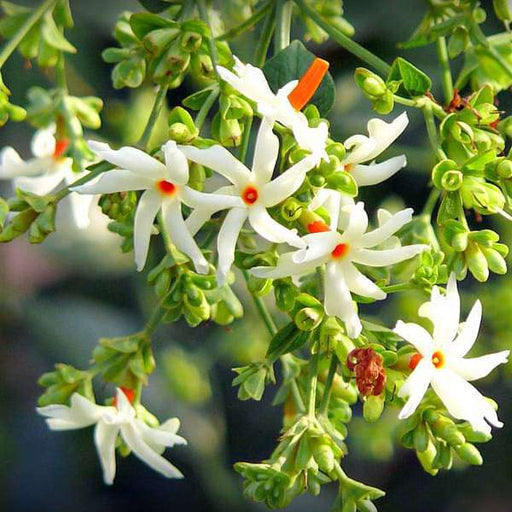 Save 14%
Save 14%
DescriptionHave you ever stumbled upon a tree that made you stop and stare?A tree that seemed to possess a beauty so rare that it made you question...
View full details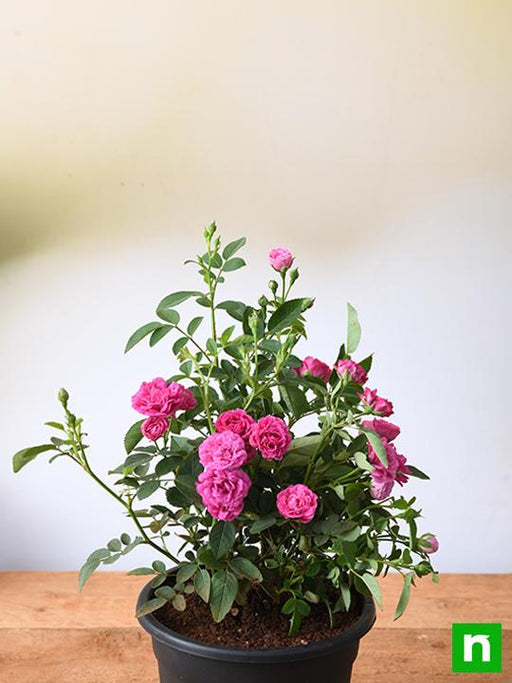
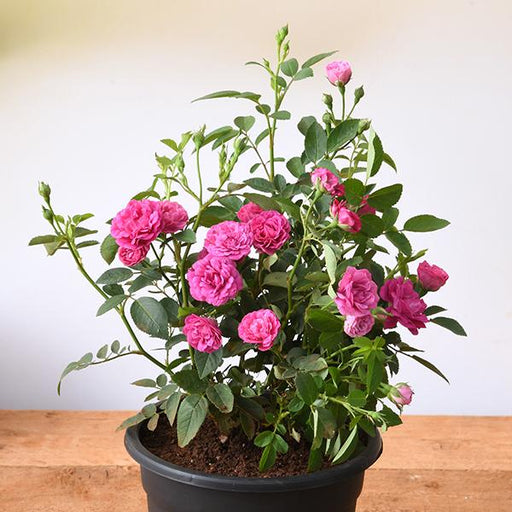 Save 14%
Save 14%
DescriptionButton Rose is a perennial flowering shrub plant. Roses are best ornamental plants.What makes it special: One of the best flowering plan...
View full details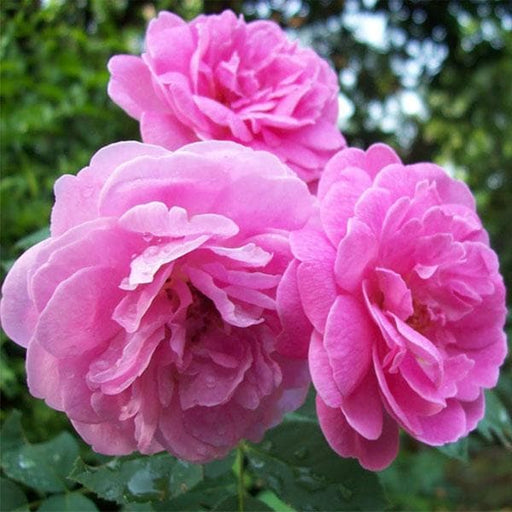 Save 20%
Save 20%
DescriptionDamascus roses are known for its distinct fragrance. Enjoy the real and oldest scent of rose. The Damascus rose is a deciduous shrub gr...
View full details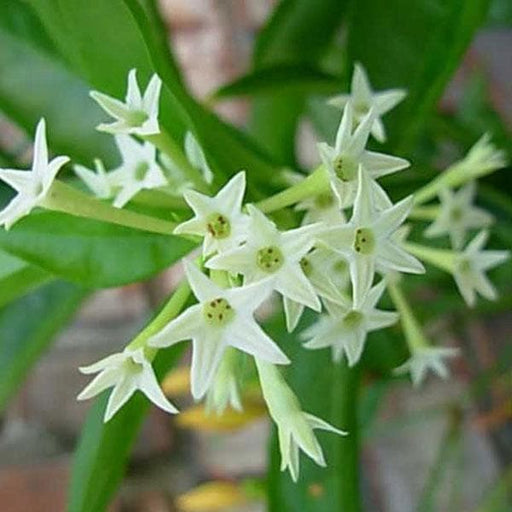
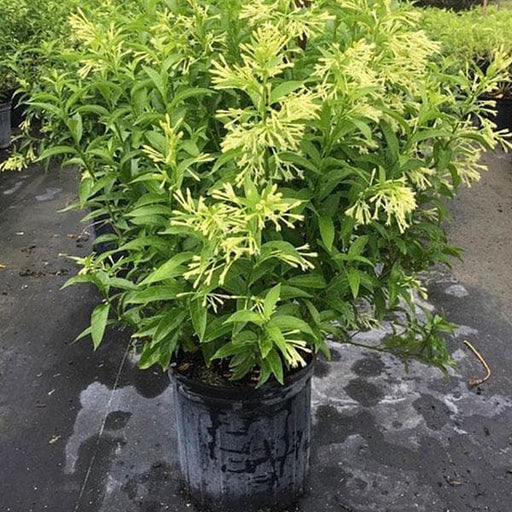 Save 14%
Save 14%
DescriptionFlowers are the best and liveliest source of the good smell So, if you are thinking of growing flowering plants in your garden then you ...
View full details Save 45%
Save 45%
Description Pack of 4 succulents that are very easy to care for. A perfect pack to start growing plants worry-free. About You get 4 succulent plant...
View full details Save 45%
Save 45%
Description Pack of 4 succulents that are very easy to care for. A perfect pack to start growing plants worry-free. About You get 4 succulent plant...
View full details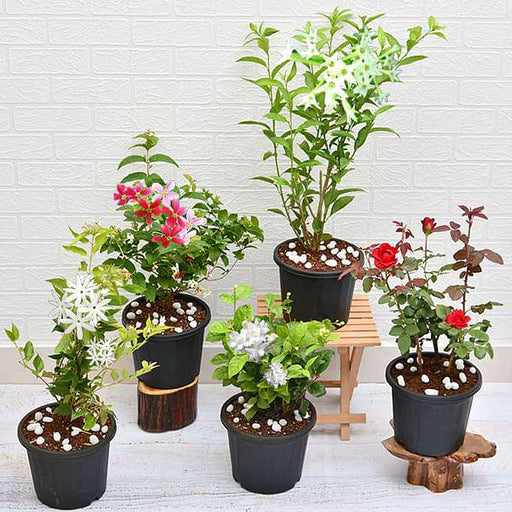 Save 12%
Save 12%
DescriptionAromatic plants bring into a room or house an often overlooked benefit. These plants have a pleasant scent.About You plant a hope when ...
View full details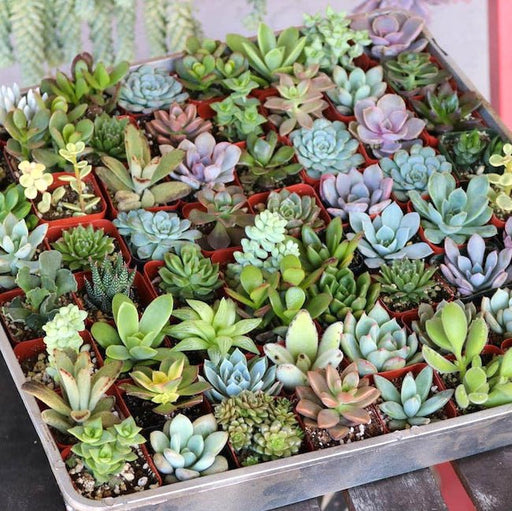
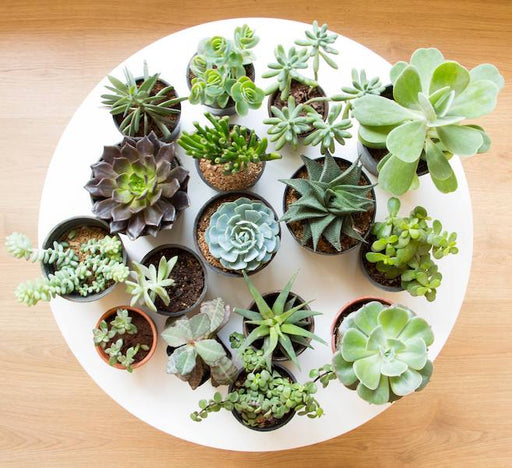 Save up to 50%
Save up to 50%
DescriptionIf you long for indoor greenery but have not succeeded with houseplants, consider these beautiful succulents. A perfect pack to start gr...
View full details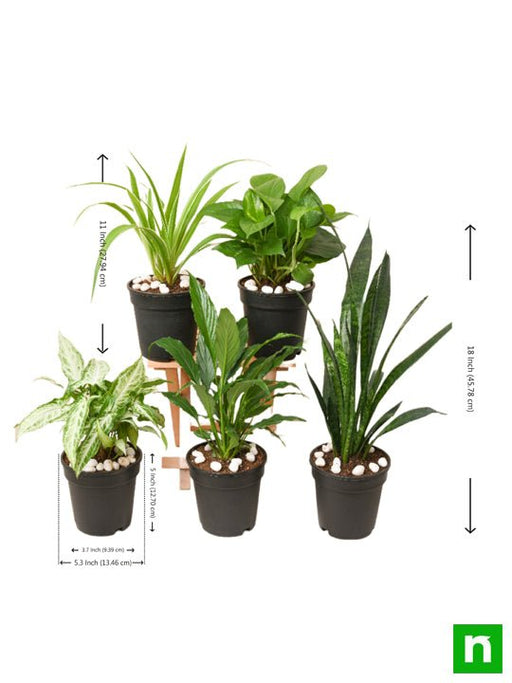
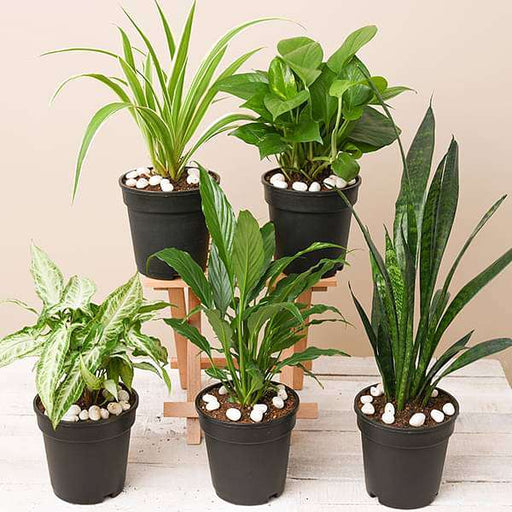 Save 21%
Save 21%
DescriptionThis plants pack contains amazing 5 houseplants + 5 Pots. Surround your home with these best pollution killer plants for a clean and hea...
View full details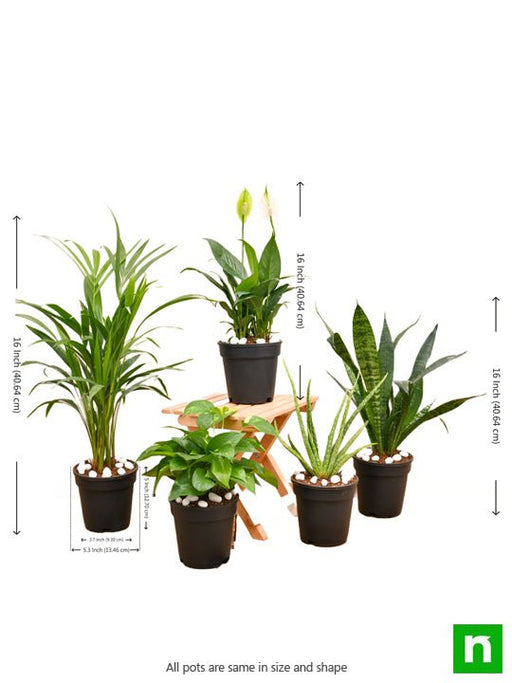
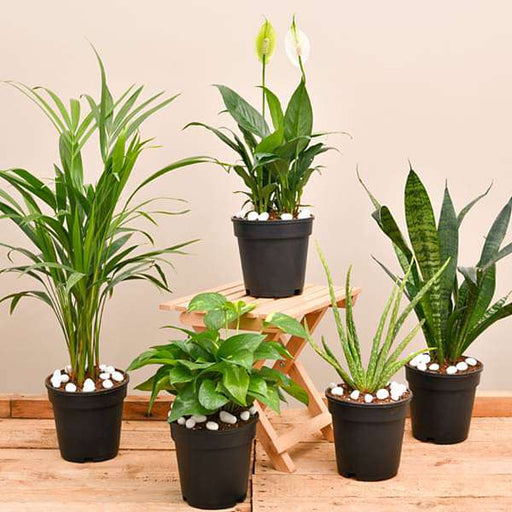 Save 20%
Save 20%
DescriptionIf you or anyone from your family wants to breathe fresh air, cleaner air in their homes, this 5 plants pack purify the air around and r...
View full details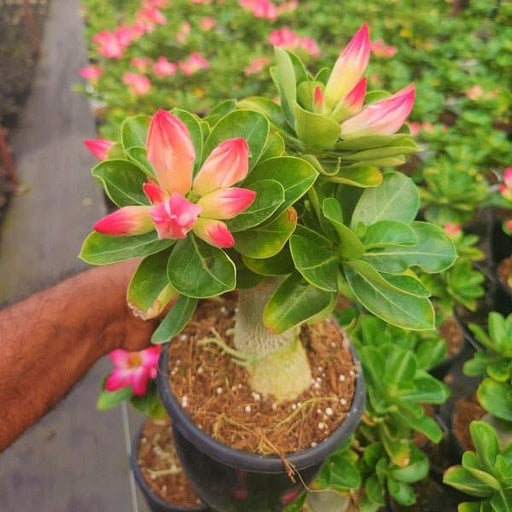
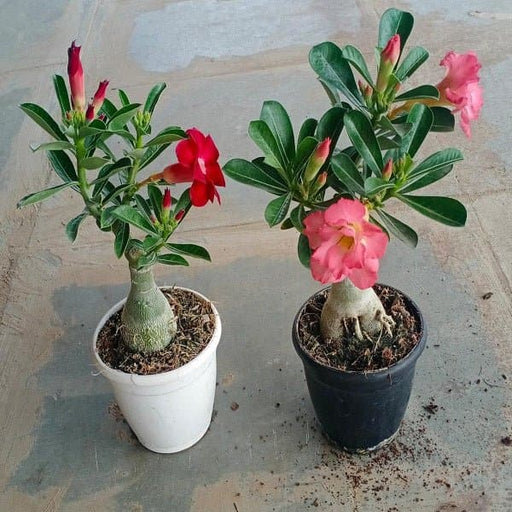 Save 40%
Save 40%
DescriptionSet of 2 Bonsai Looking Grafted Adenium PlantsAbout You get 2 Bonsai looking hardy grafted Adenium plants in a single pack.Plants are k...
View full details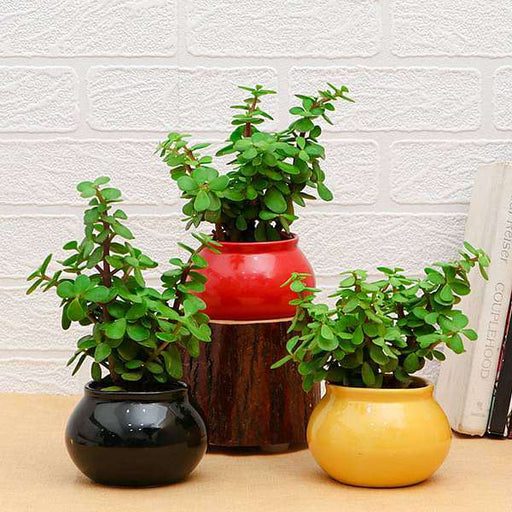 Save 22%
Save 22%
DescriptionThe Jade plant is an extremely popular succulent houseplant with fleshy leaves. According to popular belief, these plants will bring goo...
View full detailsAs a kid who has not played with the white sap of the thick rubber plant leaves? This still remains in our memories because of its distinctive characteristic. Belonging to the fig family Moraceae, this plant is also known as Ficus elastica.
Rubber Plants are very popular for their waxy leaves and their power to adapt to both indoors and outdoors.
When grown indoors rubber plants reach from 4feet to 10 feet, but in outdoor conditions, the height of the plant goes up to 30 feet. The name rubber plant is obviously because of its sap that is extracted from the plant to make rubber.
Theylove moderation: both sunlight and water. When both the sources are favourable the growth of the plant is amazing. With thick and fleshy burgundy or reddish leaves, this plant can catch your attention very easily. Indirect sunlight and moist soil is the key.
The air purifying capacity of the plant is very high therefore the use of rubber plants indoors is highly popular. It is important to mention here that the sap of the leaves of rubber plants is poisonous if consumed. So be careful when you have pets and kids around.
This plant is very easy to maintain and repotting is only needed when you want to increase the size of the plant. Propagation of rubber plants is also very convenient and can be easily done.
Cut any healthy stem, let the sap dry and then plant it in the fresh pot.
This plant is your best friend as it’s easy to maintain and adds value to your corner. So what are you waiting for ? Give your plant collection a boost by adding them in your collection.
At nursery live, we provide you with healthy rubber plants to add grace to your interiors. Also check us out for other plant bulbs, planters, soil and fertilizers.
Rubber plants are known for their low maintenance requirements, making them a popular choice for indoor gardening enthusiasts. To care for your rubber plant, make sure it receives bright, indirect sunlight and water it when the soil feels dry.
Rubber is a genus of plants that includes several different species, such as Ficus elastica and Ficus benjamina. Each plant has its own unique characteristics and care requirements.
Rubber plants prefer well-draining soil that is rich in organic matter. A mixture of potting soil, sand, and perlite is ideal for these plants.
Pruning rubber plants can help maintain their shape and promote healthy growth. Use sharp, clean pruning shears to remove any dead or damaged leaves and stems.
While rubber plants are generally easy to care for, they can be susceptible to pests such as spider mites and mealybugs. Regularly inspect your plant for signs of infestation and treat promptly if necessary.
Rubber plants do not require much fertilizer, but can benefit from occasional feeding during the growing season. Use a balanced fertilizer every 2-3 months to promote healthy growth.
Propagating rubber plants can be done through stem cuttings or air layering. Stem cuttings should be taken from a healthy plant and rooted in soil or water. Air layering involves creating a new plant by encouraging roots to grow on a section of stem while it is still attached to the parent plant.
Rubber plants prefer bright, indirect light. Avoid placing them in direct sunlight, as this can burn their leaves.
Rubber plants prefer high humidity levels and can benefit from being placed near a humidifier or misted regularly.
Rubber plants prefer temperatures between 60-80°F (15-27°C). Avoid placing them near cold drafts or hot air vents.
Rubber plants are toxic to pets and humans if ingested. Keep them out of reach of pets and children.
Rubber plants have large, glossy green leaves. Some varieties may have variegated or speckled leaves.
Rubber plants are native to Southeast Asia.
Rubber plants can range in size from small tabletop plants to large floor plants. Choose a size that fits your space and needs.
Rubber plants prefer to be on the moist side and can wilt if underwatered. Water when the top inch of soil feels dry and avoid letting the plant sit in standing water.
Rubber plants can produce small, inconspicuous flowers in the right conditions. However, they are primarily grown for their attractive foliage.
Rubber plants have a distinctive leaf pattern, with a glossy, dark green surface and a lighter, matte underside.
Pruning can also be used as a method of propagation for rubber plants. By taking stem cuttings and rooting them in soil or water, you can create new plants and expand your collection.
Rubber plants should be repotted every 1-2 years to provide fresh soil and room for growth. Choose a pot that is slightly larger than the current one and fill with fresh potting mix.
Rubber plants are often associated with abundance and prosperity.
Rubber plants, also known as Ficus elastica, are a popular houseplant with large, glossy leaves and a distinctive appearance.
Rubber plants require bright, indirect sunlight, regular watering, and occasional fertilization to thrive. They prefer well-draining soil and should be kept away from drafts and cold temperatures.
Rubber plants can be planted any time of the year in India, as they are primarily grown indoors.
Rubber plants require regular watering, as they prefer moist soil. Water them deeply once a week, depending on the weather conditions.
You can use a balanced, all-purpose fertilizer to feed your Rubber Plant. Apply it every two weeks during the growing season.
Rubber plants can tolerate low light conditions, but they prefer bright and indirect sunlight.
Prune your Rubber Plant regularly by removing any dead or damaged leaves and stems.
Rubber plants can be propagated through stem cuttings. Cut a healthy stem just below a leaf node and plant it in moist soil.
To prevent pests and diseases on your Rubber Plant, make sure to keep the soil moist but not waterlogged, and avoid overcrowding the plants. Use organic pesticides if necessary.
Rubber plants can live for several years if provided with proper care and maintenance.
Rubber plants can be kept indoors year-round in India, as they prefer warm and humid conditions.
Rubber plants can grow in shade, but they prefer bright and indirect sunlight.
Rubber plant cuttings should be planted in well-draining soil and kept moist until they root. They can then be transplanted into their permanent pot or garden bed.
Rubber plants can be grown outdoors in India, as long as the climate is warm and humid.
To control pests on your Rubber Plant, use organic pesticides and insecticidal soap. You can also manually remove any pests you see on the plant.
Yellowing leaves on Rubber plants can be a sign of overwatering or nutrient deficiencies. Check the soil moisture levels and fertilize the plant as needed.
To revive wilted Rubber Plants, make sure they are receiving adequate water and sunlight. Check the soil moisture levels and adjust your watering schedule if necessary. Pruning the plant can also help.
Transplant your Rubber Plant by carefully removing it from its current pot and replanting it in a larger container with fresh soil.
To make sure your Rubber Plant is not root-bound, repot it every 1-2 years and check the roots for signs of overcrowding.
To make sure your Rubber Plant is not overwatered, allow the soil to dry out slightly between watering and avoid waterlogging the plant.
To make sure your Rubber Plant is not under-watered, check the soil moisture levels regularly and water deeply when necessary.
Make your Rubber Plant bushier by pruning the stems regularly and providing it with adequate sunlight and nutrients.
Rubber plants should be kept indoors or in a warm, protected area during cold weather.
To make sure your Rubber Plant is not exposed to direct sunlight, place it in a spot that receives bright and indirect sunlight or use a sheer curtain to filter the light.
To make sure your Rubber Plant is not over-fertilized, use a balanced, all-purpose fertilizer and follow the recommended dosage on the package.
Rubber Plants can be grown in terrariums but may require additional care and maintenance to thrive.
Inspect your Rubber Plants for pests or signs of disease before bringing them home, and make sure to purchase them from a reputable nursery or garden center.
Yes, Rubber Plants are known for their air-purifying abilities, making them a great addition to any indoor space.
To make sure your Rubber Plant is not suffering from root rot, make sure to use well-draining soil and avoid overwatering the plant.
Yes, Rubber Plants can be grown hydroponically, but they may require additional care and maintenance to thrive.